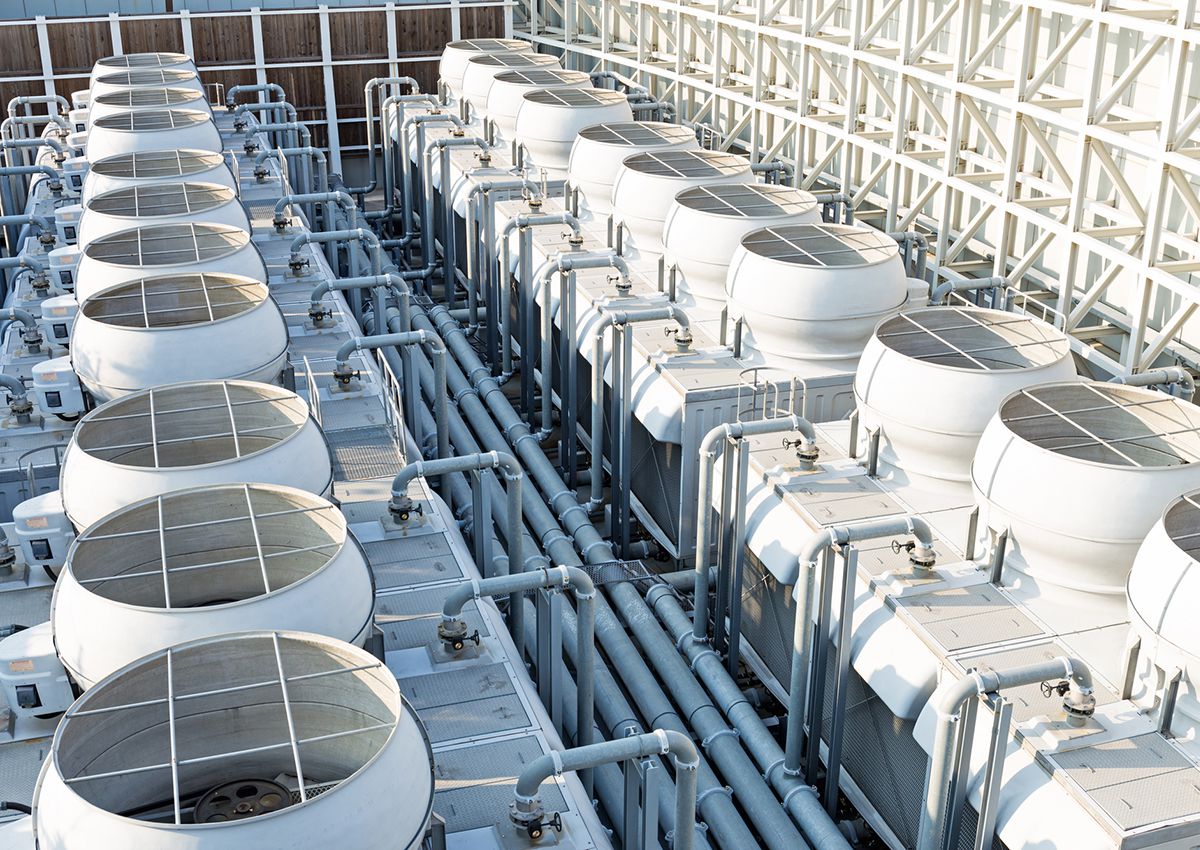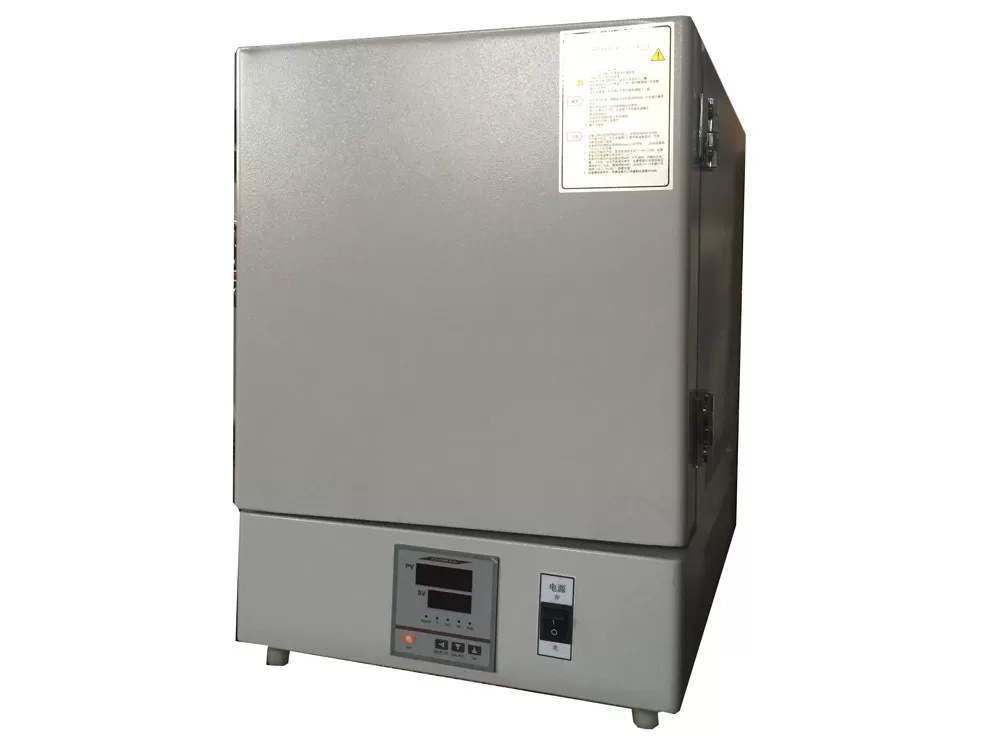In developing a safe, healthy, and efficient workplace, industrial ventilation systems are critical components. The primary function of these systems is to regulate and control air quality by removing contaminants, regulating temperature, and ensuring adequate airflow in industrial settings. Whether a manufacturing plant, chemical facility, or processing unit, industrial ventilation plays a very major role in safeguarding both the workers and machinery.
What Is Industrial Ventilation?
Industrial ventilation refers to the circulation of air within an industrial setting through mechanical systems. These systems ensure that the fresh air is provided in exchange for the stale and contaminated air. This ensures that optimal working conditions are met, which will reduce the risk of exposure to hazardous chemicals, excessive heat, and airborne particles that could cause health issues and decreased productivity.
Components of Industrial Ventilation Systems
An effective industrial ventilation system generally consists of several key components:
Air Intakes: Allow fresh air to enter the system, ensuring a continuous supply of clean air.
Ductwork: Channels air to and from different areas within the facility.
Fans: Create airflow by drawing in fresh air and expelling contaminated air.
Air Filters: Remove pollutants, dust, and other particulates from the air.
Exhaust Systems: Expel contaminated air outside the facility, preventing recirculation.
Control Systems: Monitor and regulate the ventilation process to ensure it is working efficiently and safely.
Industrial Ventilation Systems Types
There are several types of industrial ventilation systems in the USA, but they mainly fall into two categories.
Dilution Ventilation
Dilution ventilation typically introduces fresh air into a space so that the concentration of airborne contaminants decreases due to the mixing of fresh air. It is more typical in areas with low-toxicity products or when contamination is uniform.
Local Exhaust Ventilation (LEV)
The LEV systems prevent pollutants at the source before dispersing throughout the workplace. These are excellent applications in areas that deal directly with high-toxicity substances like welding fumes, chemical vapors, and dust.
Advantages of Ventilation Systems for Industries
Health and Safety
The right ventilation prevents exposure to pollutants, thereby reducing respiratory problems, allergies, and other diseases that occur in the long term.
Productivity
Pure air means workers are comfortable and more attentive, making it more effective and productive.
Regulatory Compliance:
Most industries are bound by Occupational Safety and Health Administration (OSHA) standards on air quality. A good ventilation system ensures compliance with such regulations.
Equipment Longevity:
Dust, moisture, and other contaminants in the air prevent equipment corrosion and malfunction.
Fire and Explosion Prevention:
Ventilation systems reduce the accumulation of flammable gases and vapors, thus lowering the risk of fires and explosions.
Applications of Industrial Ventilation
Industrial ventilation systems are applied in a variety of industries, such as:
Manufacturing: To control heat, fumes, and dust produced during the manufacturing process.
Chemical Processing: To control the emission of toxic or corrosive materials.
Pharmaceuticals: To maintain sterile conditions and prevent cross-contamination.
Automotive: To capture welding fumes and paint overspray.
Food Processing: To control temperature, humidity, and air quality to meet hygiene requirements.
Designing an Industrial Ventilation System
Designing an industrial ventilation system requires consideration of several factors:
Airflow Requirements: Determine the volume of air that is required to dilute or remove contaminants effectively.
Source of Contaminants: Identify the sources of pollutants and determine the most effective way to capture or dilute them.
Energy Efficiency: Opt for energy-efficient components to reduce operational costs.
Compliance with Standards: Ensure the system adheres to industry-specific regulations and guidelines.
Maintenance: It should be designed so that it is accessible and easily undertaken as routine maintenance to achieve long-term performance.
Industrial Ventilation Challenges
- High Energy Cost – Ventilation utilizes a lot of energy in large-scale facilities.
- System Maintenance: System failure in some instances, coupled with inefficient air quality, depends on regular maintenance.
- Needs for every facility to have customized solutions since their requirements are different.
- Supply and Exhaust Air: Getting the correct balance between supply and exhaust air can be challenging.
- Some of the innovations that have been introduced by technological advancements in industrial ventilation include:
Smart Ventilation Systems: These use sensors and automation to monitor and adjust airflow based on real-time conditions.
Energy Recovery Systems: Capture and reuse heat from exhaust air to reduce energy consumption.
High-Efficiency Filters: Enhance the removal of finer particulates and pollutants.
Eco-Friendly Designs: Incorporate sustainable materials and energy-efficient technologies.
Conclusion
Industrial ventilation systems are indispensable to provide a safe and efficient work environment. Their understanding of components, types, and applications helps the industries to introduce the system protecting workers, as well as providing the industry’s regulations and enhancement of overall productivity. As the future is emerging, industrial ventilation is expected to become even more efficient, sustainable, and adaptive.
Frequently Asked Questions (FAQs)
What is industrial ventilation important for?
Industrial ventilation is vital for maintaining air quality, protecting worker health, preventing equipment damage, and ensuring compliance with safety regulations.
What are the main types of industrial ventilation systems?
The two main types are dilution ventilation, which dilutes contaminants with fresh air, and local exhaust ventilation (LEV), which captures contaminants at the source.
How can I enhance the efficiency of my industrial ventilation system?
Use energy-saving parts, keep the system maintained, and smart technologies to monitor and control the operations in real-time.
Which industries shall employ industrial ventilation systems the most?
Manufacturing, chemical processing, pharmaceuticals, automobiles, and food processing are industries that rely highly on ventilation systems to ensure safety and productivity.
How often would an industrial ventilation system need maintenance?
Maintenance frequency depends upon usage and environment, but annual inspection and servicing is recommended at least annually to keep the system in optimal condition.




Leave a Comment